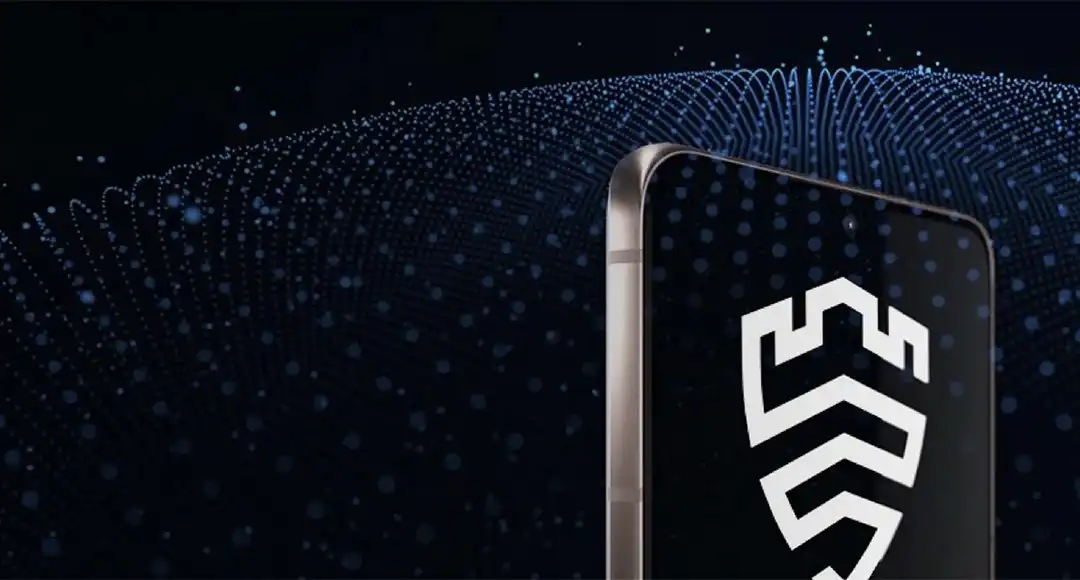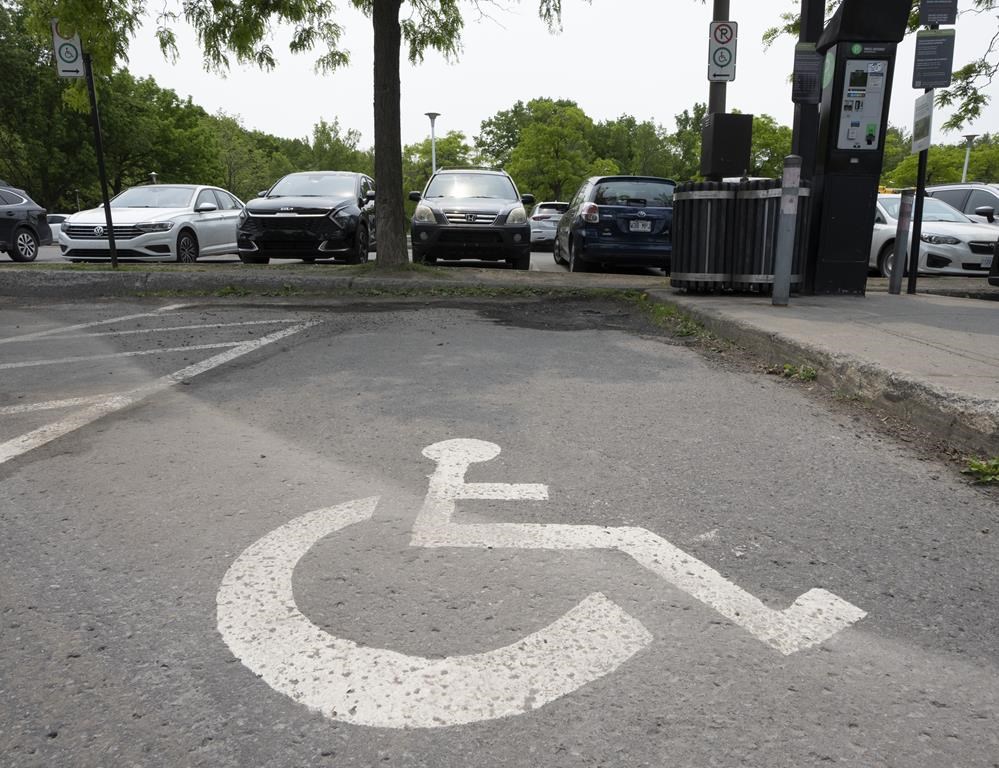MONTREAL — Montreal researchers who are at the forefront of work in this field have developed an interface that allows an animal whose hind legs have been paralyzed to begin walking again, by alternately stimulating both hemispheres of its brain.
These preclinical trials were conducted on what the researchers call a “large animal model” that looks more like humans than mice. Their results were so conclusive that they are now ready to move into clinical trials in a few years.
“We will alternately stimulate the left cortex and the right cortex, to allow the movement of the legs to be restored,” explained Marina Martinez, a research regular at the Hôpital du Sacré-Cœur-de-Montréal. He is a professor in the Department of Neurosciences at the University of Montreal.
“As soon as we start the alternating stimulus in the brain, the animal will immediately start walking again.”
Ms. Martinez’s team is the only one in the world working on such a strategy to enable paraplegics to walk again. Their most recent work is published by ScienceDirect.
The researchers had previously tested the same approach on mice, whose wounds were less similar to those in humans. This time they used larger animals and wounds very similar to human wounds.
In the first study, one cortex was stimulated with electrodes to relieve the paralysis of one leg of a mouse. This time, the two cortices were alternately stimulated to move again the paralyzed legs of a larger animal, which was clearly close to human paraplegia.
“When you walk, you alternate your movements with both legs and we, that’s what we want to do with this technique and that’s what we’ve been able to do in this animal model,” said Ms. Martinez.
Also, the techniques used are very similar to what can be implemented on humans, which facilitates the transfer of knowledge.
“We’re already at a higher stage, Ms. Martinez estimated. With the rat, we had a proof of concept. There, we’re at a very clinical stage.
The technology that she and her colleagues are fine-tuning is only applicable to incomplete spinal cord injuries. They’re trying to replicate normal brain activity to give the spinal cord the instructions it should normally receive while walking, which means some nerve fibers still connect the brain to the lower body.
Ms. Martinez said that while this technology will never be able to apply full spinal cord injuries, “every step gives us this opportunity to get a little closer to the human.”
“The ultimate goal of our team is really to help patients and those who need it. That’s what we work for, it’s really for them, it’s our main motivation.”

“Hardcore beer fanatic. Falls down a lot. Professional coffee fan. Music ninja.”







More Stories
Samsung: Protect your privacy with Galaxy security and privacy features
First Date Date: 7 Tips
Martin Freeman stopped being a vegetarian after 38 years